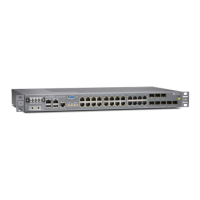Table 226: show route table Output Fields (continued)
Field DescriptionField Name
MPLS label and operation occurring at this routing device. The operation can be pop (where a label
is removed from the top of the stack), push (where another label is added to the label stack), or swap
(where a label is replaced by another label).
Label operation
(Local only) Local interface name.Interface
Network layer address of the remote routing device that advertised the prefix. This address is used
to derive a forwarding next hop.
Protocol next hop
Index designation used to specify the mapping between protocol next hops, tags, kernel export policy,
and the forwarding next hops.
Indirect next hop
State of the route (a route can be in more than one state). See Table 218 on page 3008.State
AS number of the local routing devices.Local AS
How long the route has been known.Age
Accumulated interior gateway protocol (AIGP) BGP attribute.AIGP
Cost value of the indicated route. For routes within an AS, the cost is determined by IGP and the
individual protocol metrics. For external routes, destinations, or routing domains, the cost is determined
by a preference value.
Metricn
Metric value for BGP path selection to which the IGP cost to the next-hop destination has been added.MED-plus-IGP
For MPLS LSPs, state of the TTL propagation attribute. Can be enabled or disabled for all
RSVP-signaled and LDP-signaled LSPs or for specific VRF routing instances.
TTL-Action
Name of the protocol that has added the route.Task
The number of BGP peers or protocols to which Junos OS has announced this route, followed by the
list of the recipients of the announcement. Junos OS can also announce the route to the kernel routing
table (KRT) for installing the route into the Packet Forwarding Engine, to a resolve tree, a Layer 2 VC,
or even a VPN. For example, n-Resolve inet indicates that the specified route is used for route resolution
for next hops found in the routing table.
• n—An index used by Juniper Networks customer support only.
Announcement bits
3119Copyright © 2017, Juniper Networks, Inc.
Chapter 42: Operational Commands

